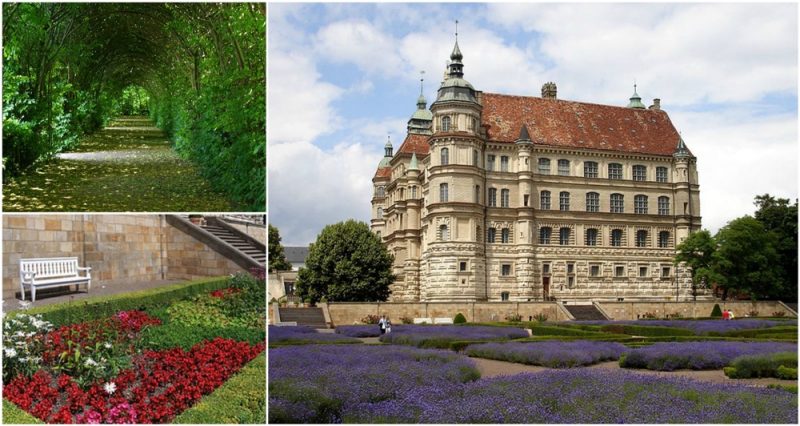Güstrow Palace, a picture-perfect Renaissance castle, has become the trademark of Güstrow, one of the largest cities of central Mecklenburg-Vorpommern. With a population of 28,500 citizens, the city’s also known for its brick gothic cathedral with Barlach’s floating angel sculpture.
However, the picturesque palace became the city’s most popular attraction because of its interesting history, grounds with beds of lavender, walkways and Renaissance architecture.
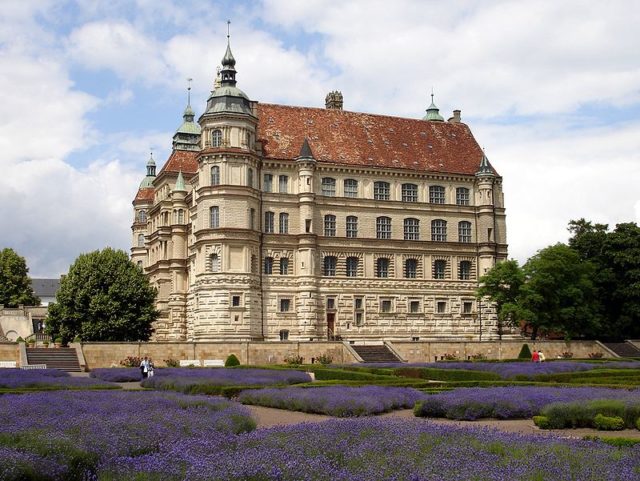
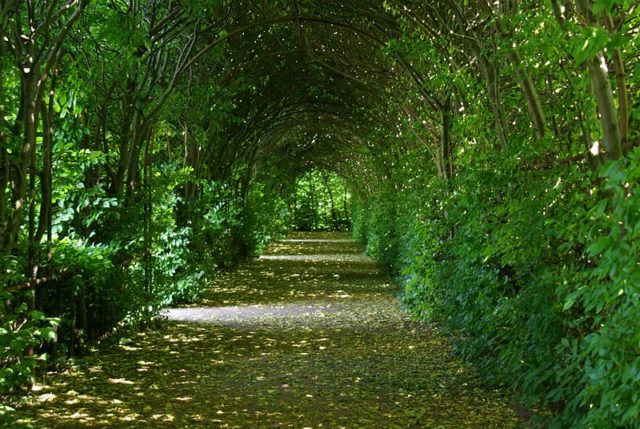

The construction of the palace was initiated by Ulrich, Duke of Mecklenburg back in 1558, replacing a medieval castle. The builder he hired managed to mix some of the Italian, French and German architectural elements from the Renaissance period and construct the additional south and west wings of the castle in the Renaissance style. The name of this master builder was Franciscus Pahr and he was best known for constructing unique works in his time.
However, the last Duke of the city, Gustav Adolf engaged Charles Philippe Dieussart to renovate parts of the palace in modern style back in 1657. The palace bridge and the baroque gatehouse were also built during his time.




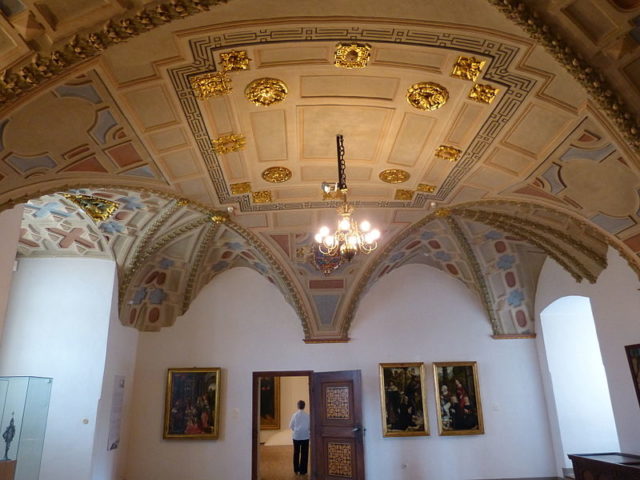

Although the castle turned into a military hospital in 1800, between the period of 1817 and 1950, the beautiful place became a farm house of Mecklenburg workers. Restoration of the castle took place from 1963 to 1978 when the building was restored to its original and timeless style.
Today, the quadrangular shaped building features interesting interior design, especially in the theater room that’s still in good condition and contains some original stucco paintings. Visiting the palace gives access to exhibitions on hunting and ceremonial weapons, paintings by Tintoretto, Marten de Vos, and Cranach, antique ceramic vessels and glass items of the Duchess. However, the most interesting parts of the famous castle are the charming gardens with beds of lavender and walkways that can’t fail to impress the many visiting tourists.
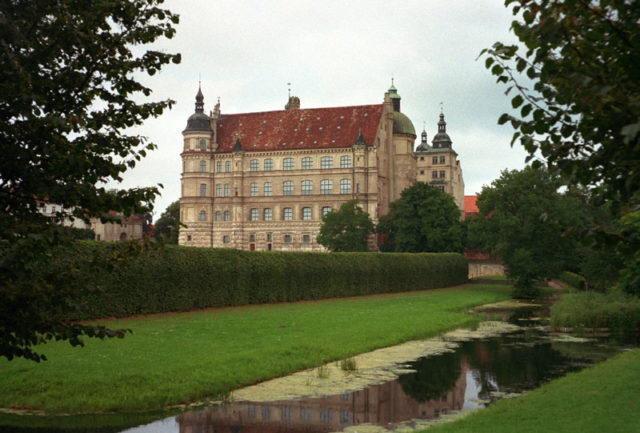
Güstrow Palace is open to visitors every day from 10:00 am to 17:00 pm. Those who decide to visit this delightful place can also enter its museum dedicated to the famous German poet and composer’s male family line, Duchess Elisabeth Sophie of Mecklenburg. The entrance ticket costs only €5 for adults and €3 for students and children aged 6 to 18 years old.
Indisputably, visiting the city and its attractions provides an unforgettable experience that will definitely make you want to come back and enjoy its welcoming environment and historical trademarks again.
